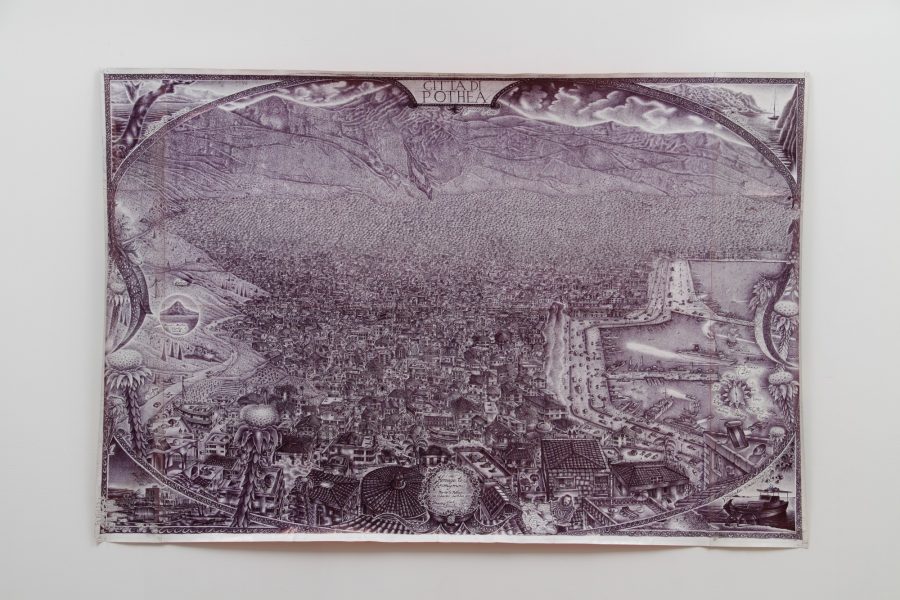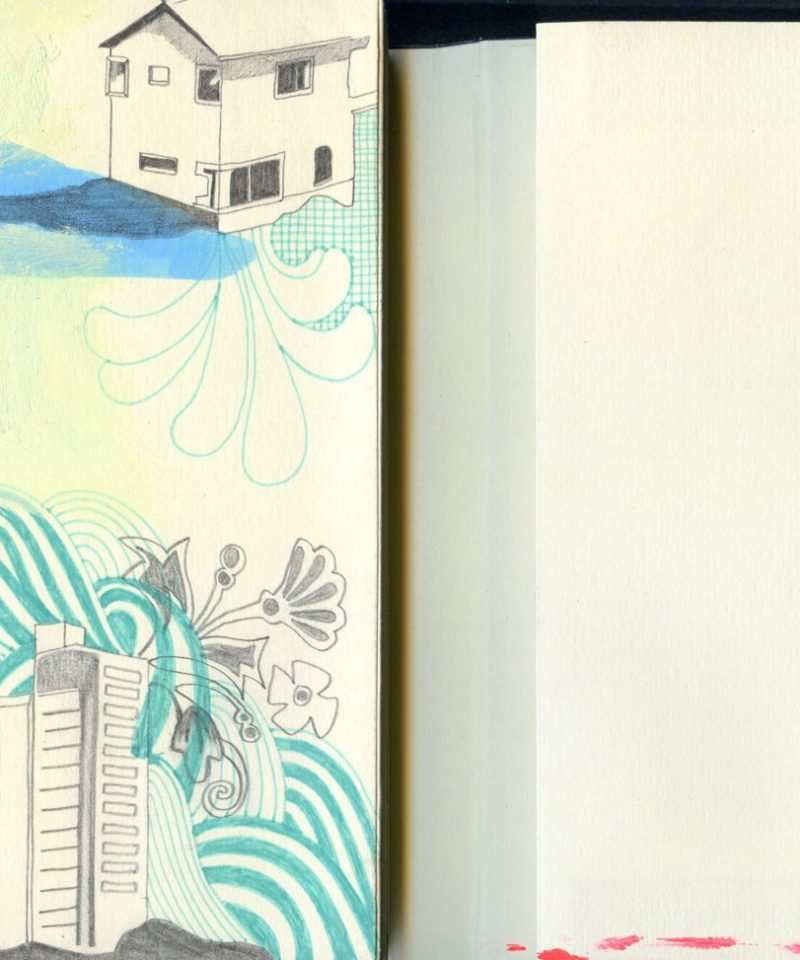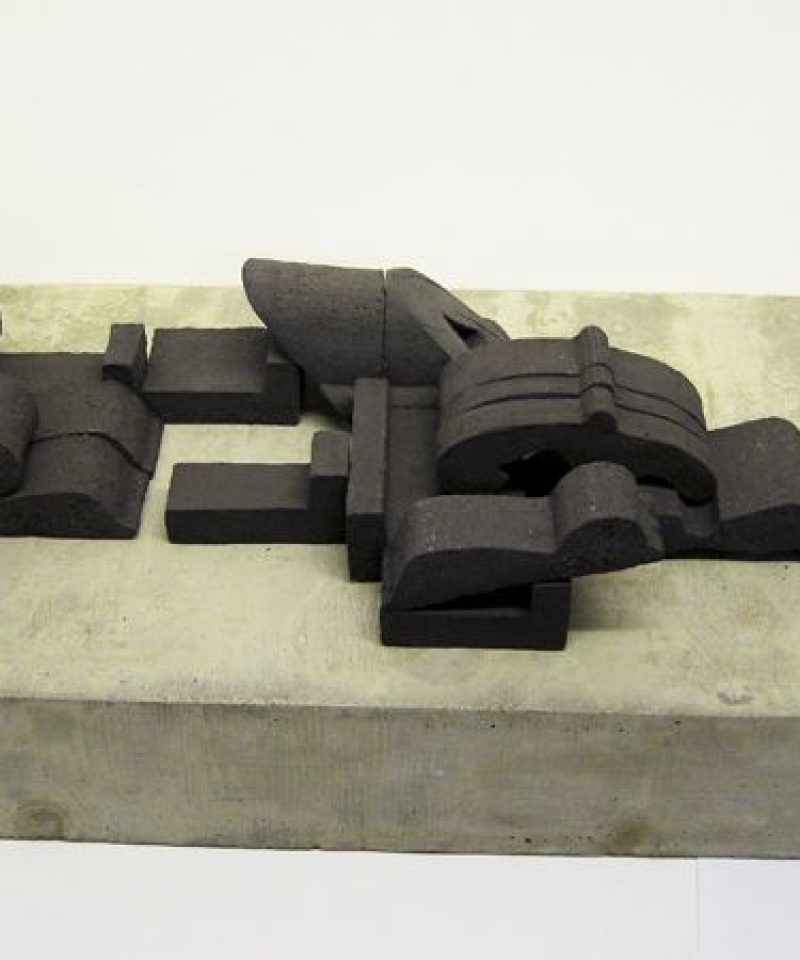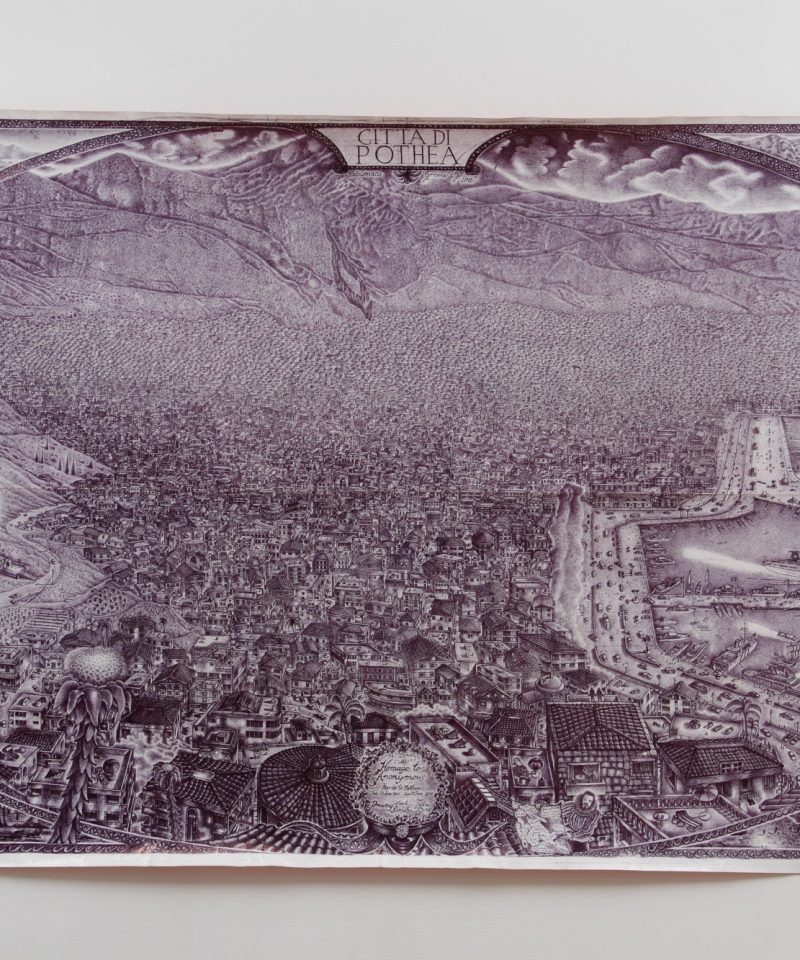I want to steer away from generalising, to avoid speak about drawing as a cohesive thing, but in order to do that, I feel the need to start the discussion somewhere. And ‘somewhere’ is, unfortunately, a general place.
In his correspondence with John Berger about drawing, James Elkins calls drawing a ‘ghost subject.’ It’s apparent on the surface it as it morphs between its poles, of on the one hand a realist/naturalistic depiction, that carries with it the weight of time and effort; then on the other hand its existence as pure, primordial mark making, a quick, emotive and expressive motion captured. Drawing isn’t so much a medium as an approach, a method.
It’s spoken of as either ‘the most ignored of art forms’, or the ‘primary medium’; either underrated or the foundation of all other art forms. Outside of the arts, we can see how it’s used as a tool for excavating the imagination- look at its place particularly in child psychology and the cognitive sciences, where drawing is used an interpretive tool, a way of insight and analysis of the mind.
It seems that drawing works among all these, in something like the role of the Freudian subconscious – where plans, dreams, and intentions are formed and become visible. As such, there is a tension in drawing. Between the inside and outside, between personal expression and the interpretive potential/surface of the drawing itself.
Illustrator Andrew Selby calls drawing “a way of reasoning on paper,” but in his reason there is also that uneasy split:
“Drawing becomes interactive, in the truest sense of the word, because the modes by which one thinks, questions, and comments through drawing transcend media and platform concerns…The purpose of drawing here is to continually question content, exploring the codes and conditions by which the content could be absorbed by a third party, creating ‘mnemonic symbols or a pictorial symbology’ (Heller, 2002). Or, if you prefer (I don’t) it is what the nineteenth century essayist Rodolphe Topffer described as ‘a language of signs.’ Whilst the process of my drawings has been described by others as private, expressive and reflective, I try never to forget that it must function as the framework to communicate a subject to an audience.” (in Drawing – The Purpose, eds. Leo Duff and Phil Sawdon, Intellect Books, 2008)
In a how-to book like Drawing – The creative Process by Simmons and Winer, they say that drawing requires “learning to see clearly and objectively” but also involves “brevity and immediacy.”
They list five types of drawing:
– Descriptive drawing
– Ornament and illustration
– Drawing as social commentary
– Drawing as means to clarify or crystalise an idea (preperatory drawings for painting, sculpture, architecture and invention)
– Drawing as a means of self-expression
These all inevitably overlap. Even in archeology and architecture, it sits on the threshold of the imaginary, mapping dig sits with accuracy but still sitting as a representation off site and on page, or in architecture where in its cross sections gives impossible perspectives of material-to-be.
For me, it stands right at the axis of the issues at stake in the perception of any artwork- of how much we read the artist themselves into the thing in front of us. Drawing has the benefit/bane of being seen as the most direct route to the maker’s brain. Maybe in the same way that Derrida spoke of speech having a privileged mode of meaning, speech = truth just as drawing = truth. Of course, over the years and in this years exhibition itself, we see multiple examples playing with and refuting that, but it still clings on as drawing’s starting point or essence, the centre which then requires to go back to, be continuously references and refuted anew.
Throughout writing on drawing (itself a contradiction?) you find passages like the following:
“Much of the magic of drawing lies in its inherently subjective nature. For drawn marks provide parallels with experience…Stemming from the artist’s use of drawing as a means of visualising thought came the feeling that drawings were intimate works which brought one close to the artist’s process of creation.” (Susan Lambert, Looking at Drawings, 1984)
I can’t deny that drawing does expose itself, that largely you can see the marks and how they were made. But I feel its also a MacGuffin to see it as a royal road to the maker; maybe that’s treating the composition of drawing as more ‘finished’ than its intended to be, but I think the signification between viewer and artwork carries enough of its own import and struggle to be then attempting to cast that as a link between the viewer and the artist.
Over the next three weeks, I’ll be looking at a few of the individual artists in the show in more detail, seeing what they do outside of the brief glimpse the Prize shortlist allows us, and in between that looking at some of the themes and ways of approaching some of the stuff I’ve sketched out above by the artists in the Jerwood Space. Right now, these themes fall roughly under Action (ie elbow grease); Inaction – looking at some of the ‘found’ works included; Dream, looking at drawing’s particular place in depicting surreal and imaginary situations; Books, more as a physical starting point for a few of the works who used, yes, books as a starting point; and then lastly what I’m calling ‘The Ouija Board, or Guided by Voices.’



